|
Raphael
and Michelangelo are two of the
most iconic and influential figures in the history of
Renaissance art. They both
created some of the most celebrated artworks of their time, and their
contributions to art have left a lasting legacy. Despite their different
artistic styles and approaches, both artists helped shape the development of
Western art.
Raphael (Raffaello Sanzio da Urbino) (1483–1520)
Early Life and Education:
-
Raphael was born on April
6, 1483, in Urbino,
Italy. He was the son of a painter,
Giovanni Santi, and was exposed to art from an early age.
- Raphael studied under
Perugino, a prominent
painter of the time, and quickly gained recognition for his talent.
Artistic Style and Contributions:
- Raphael was known for his
clarity of form,
graceful compositions, and
balanced use of color. His
works often focused on idealized beauty, harmony, and religious themes.
- He was deeply influenced by
Leonardo da Vinci and
Michelangelo but
developed his own style that blended classical ideals with a more personal
and emotionally resonant interpretation of figures and themes.
Famous Works:
-
The School of Athens (1510–1511):
- One of Raphael’s most famous
works, it is located in the
Vatican in the Stanza
della Segnatura. It depicts the greatest philosophers of
antiquity, including Plato
and Aristotle, in a
grand architectural setting. The painting exemplifies Raphael’s mastery
of perspective, light, and figure composition.
-
The Transfiguration (1516–1520):
- This is considered one of
Raphael’s greatest works and was completed just before his death. It
shows the Transfiguration of
Christ and contrasts the divine radiance of Christ with the
turmoil of the apostles below.
-
Madonna and Child Paintings:
- Raphael created numerous versions
of the Madonna with
the Child Jesus. His
depictions of the Madonna
are characterized by a tenderness and grace, with
balanced compositions
and a serene portrayal of motherhood.
- One of the most famous is the
Sistine Madonna (1512),
which shows the Virgin Mary
holding the child Jesus with a pair of angels at the bottom, one of
which is one of Raphael's most famous angel figures.
Raphael’s Legacy:
- Raphael is often regarded as a master
of clarity and beauty.
His works are marked by their
graceful elegance, smooth lines, and careful composition.
- He was highly sought after by the
Pope and other patrons,
becoming a central figure in the
Vatican's artistic program. His work also significantly influenced
Baroque artists and even
later periods of art history.
Michelangelo Buonarroti (1475–1564)
Early Life and Education:
-
Michelangelo was born on
March 6, 1475, in
Caprese, Italy. His
family had no artistic background, but Michelangelo’s talent became evident
early on.
- He trained under
Domenico Ghirlandaio and
later worked in the workshops of
Florence, where he honed his skills in sculpting and painting.
Artistic Style and Contributions:
- Michelangelo is often considered one
of the greatest sculptors
in history, but he was also an accomplished
painter,
architect, and
poet.
- His work focused on human
emotion,
anatomy, and the
drama of religious and
mythological scenes. He is famous for his intense,
muscular figures, which
reflect his understanding of human anatomy and his admiration for the human
form.
Famous Works:
-
David (1501–1504):
- One of the most famous sculptures
in the world, Michelangelo’s
David is a marble statue of the Biblical hero who defeated
Goliath. The figure embodies the
ideal male form and
represents both physical strength and psychological tension, showing
Michelangelo’s understanding of human anatomy.
-
The Sistine Chapel Ceiling
(1508–1512):
- Michelangelo’s
Sistine Chapel Ceiling
is one of the most renowned artistic achievements of the Renaissance. It
includes nine scenes from the
Book of Genesis, including the iconic
Creation of Adam,
where God’s finger nearly touches the finger of Adam. The ceiling is
known for its dramatic figures,
grand compositions,
and innovative use of space.
-
The Last Judgment (1536–1541):
- Painted on the altar wall of the
Sistine Chapel, The Last
Judgment depicts the second coming of Christ and the final
judgment of souls. The painting is filled with intense emotion and shows
Michelangelo’s mastery of the human figure in a dramatic, spiritual
context.
-
Pietà (1498–1499):
- A masterpiece of Renaissance
sculpture, Pietà
shows the Virgin Mary holding the lifeless body of Christ after his
crucifixion. The work is notable for its
emotional intensity
and mastery of marble carving,
capturing both grief and tranquility in the same figure.
Michelangelo’s Legacy:
- Michelangelo’s influence on art is
immeasurable. His approach to
sculpture and painting
revolutionized Western art, and his understanding of human anatomy set a new
standard for artists.
- His work in the
Sistine Chapel is one of
the defining achievements of the
Renaissance, and his ability to convey deep emotion through the
human figure has inspired artists for centuries.
- Michelangelo's art reflects his
intense personal spirituality and his belief in the power of human form and
divine creation.
Comparison between Raphael and Michelangelo:
-
Style and Approach:
-
Raphael is known for
his harmony, balance, and
serenity, often depicting idealized figures and composed
scenes. His work is marked by its
graceful beauty and
perfect proportions.
-
Michelangelo, on the
other hand, is known for his
intensity, emotional
depth, and focus on the
human body’s power.
His figures often have a
muscular, dynamic quality, reflecting his interest in
portraying the human form with immense
psychological tension.
-
Mediums:
-
Raphael was primarily
a painter but also a
skilled architect.
-
Michelangelo was
primarily a sculptor,
although he also excelled as a
painter, architect,
and poet.
-
Influence:
-
Raphael influenced
the development of Baroque
and Rococo art,
especially with his emphasis on
clarity and grace.
His work became a model for classical beauty in painting.
-
Michelangelo
influenced both the
Renaissance and
Baroque periods, especially in terms of his sculptural
techniques and dramatic compositions. His influence can be seen in later
works that focus on human
emotion and
expression.
Legacy of Both Artists:
Both
Raphael and
Michelangelo are seen as
paragons of the Renaissance ideal—artists
who elevated the human spirit and demonstrated the potential of artistic
expression. Their work remains essential to understanding the evolution of
Western art, and both are widely regarded as
masters whose contributions
have shaped the trajectory of art history.
-
Raphael’s legacy is one
of beauty, balance, and harmony, with works that continue to inspire
admiration for their grace and emotional resonance.
-
Michelangelo’s legacy is
one of profound emotional
intensity, human anatomy,
and spiritual depth, with
his sculptures and frescoes setting new standards for technical skill and
expressive power.
Their artistic rivalry and mutual respect for each other helped to define the
artistic achievements of the Italian
Renaissance, and their influence endures across centuries.
|
 Safaris
Bergsteigen
Wandern
Inselwandern Weltweit
Safaris
Bergsteigen
Wandern
Inselwandern Weltweit
 Europa
Inselwandern
Europa
Inselwandern
 Städtewandern
Städtewandern
 Paintings
Paintings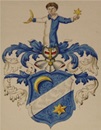 Dirk Rauschenbach
Dirk Rauschenbach
 Safaris
Bergsteigen
Wandern
Inselwandern Weltweit
Safaris
Bergsteigen
Wandern
Inselwandern Weltweit
 Europa
Inselwandern
Europa
Inselwandern
 Städtewandern
Städtewandern
 Paintings
Paintings Dirk Rauschenbach
Dirk Rauschenbach

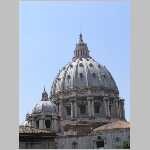
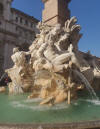
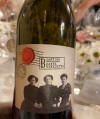
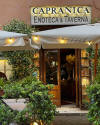


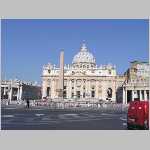
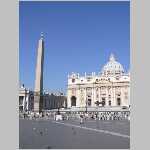

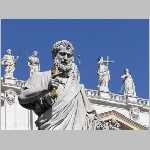
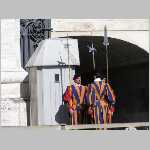


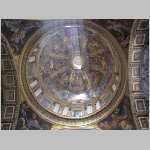
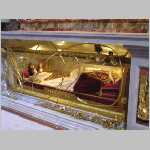
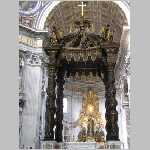
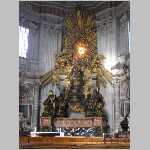

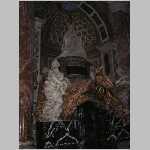
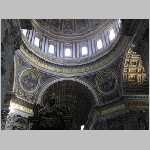
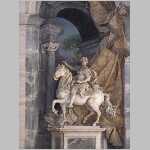
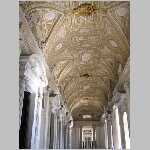
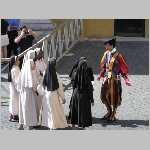
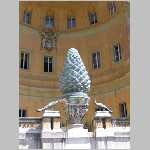
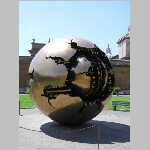
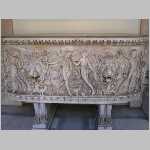

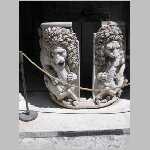

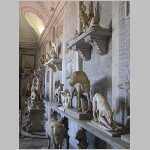
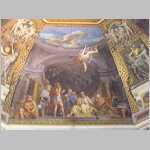

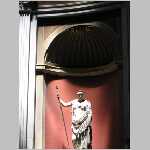
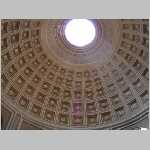
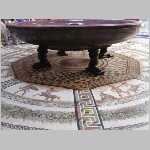
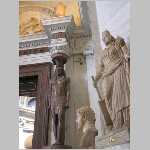
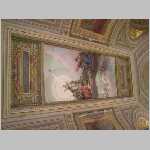
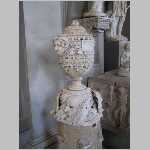


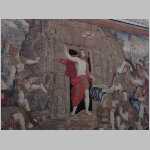
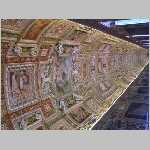

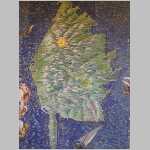

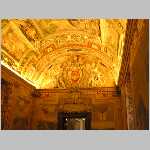

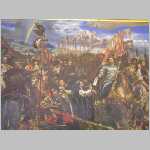
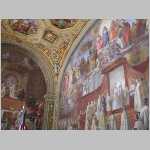
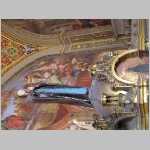
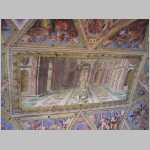


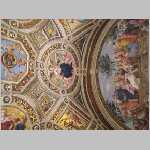
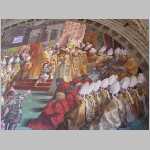
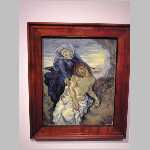
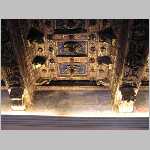
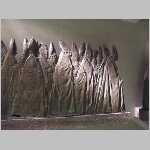
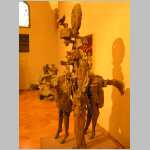
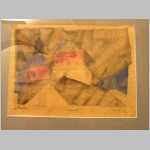
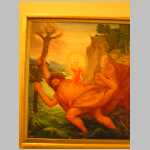

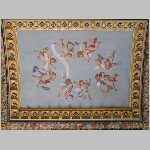
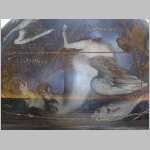

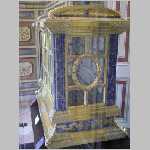
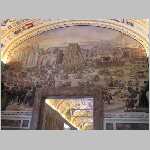
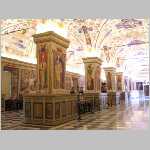



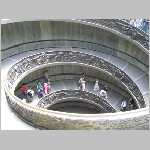
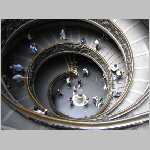
![]() 26.07.25 Copyright Dirk
Rauschenbach Koelnerstrasse 293 51702 Bergneustadt
Datenschutzerklaerung 02261 9788972 Mail ccooly(
at) web.de
26.07.25 Copyright Dirk
Rauschenbach Koelnerstrasse 293 51702 Bergneustadt
Datenschutzerklaerung 02261 9788972 Mail ccooly(
at) web.de